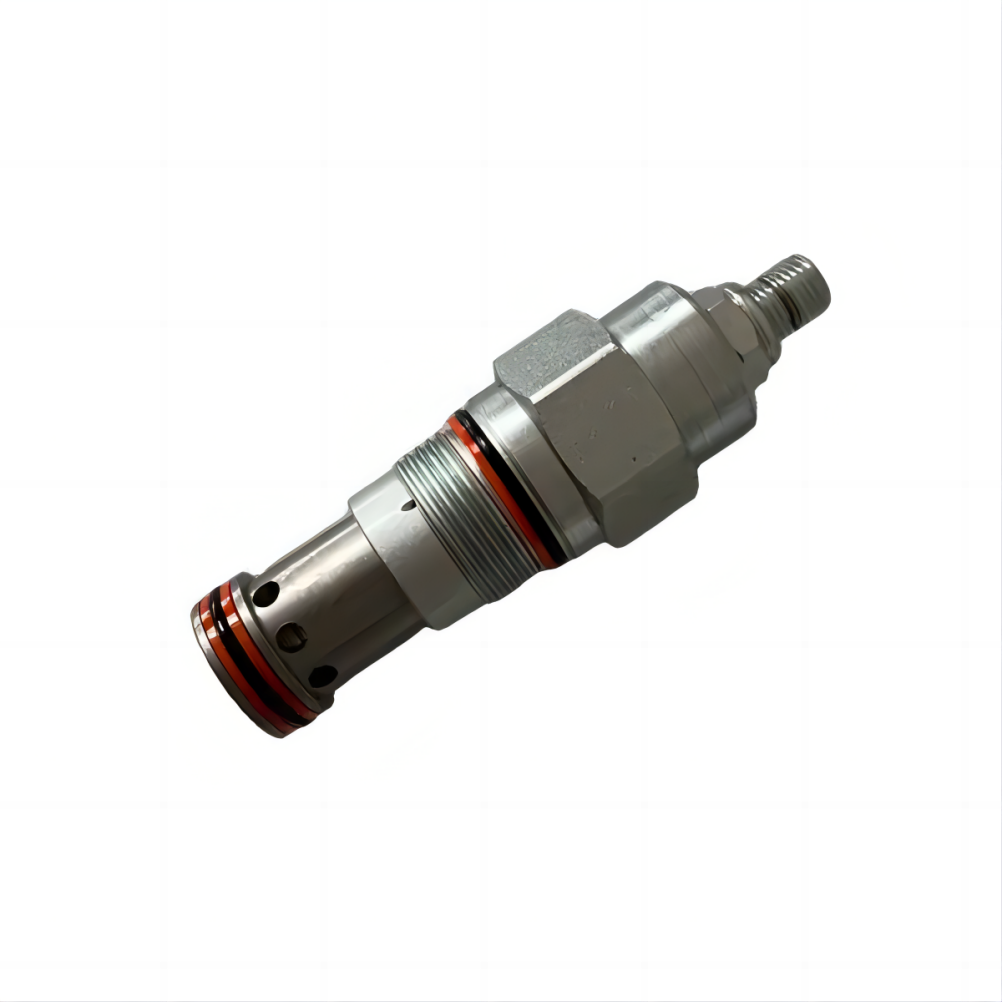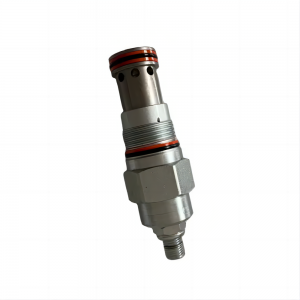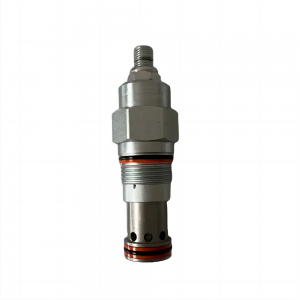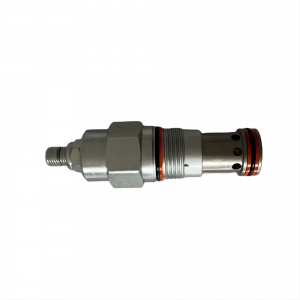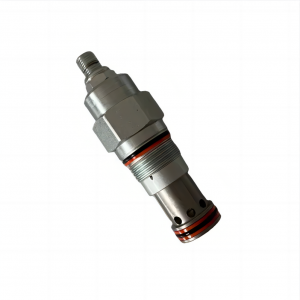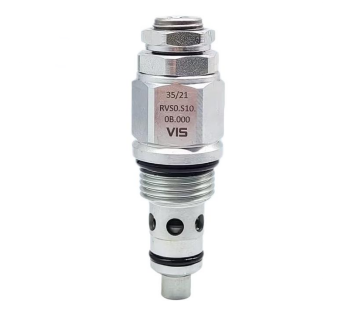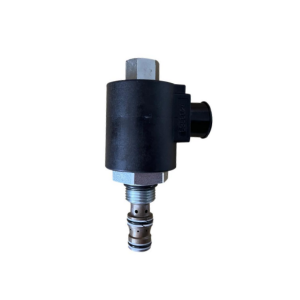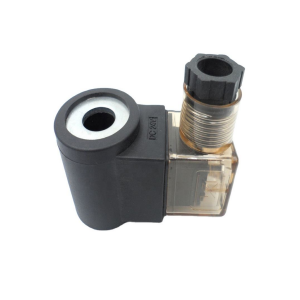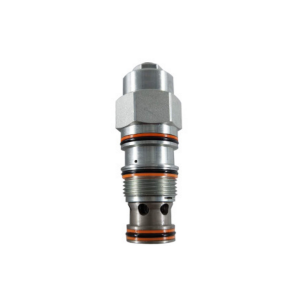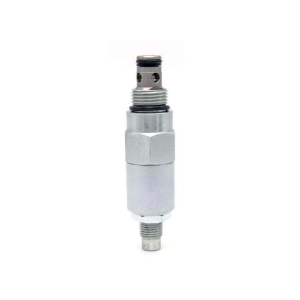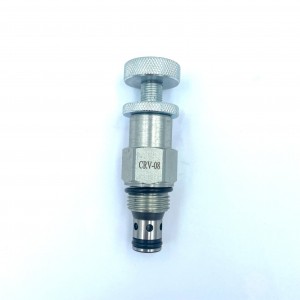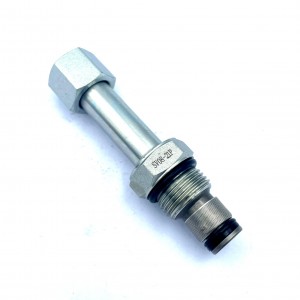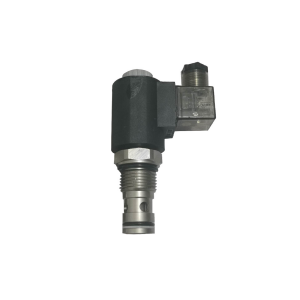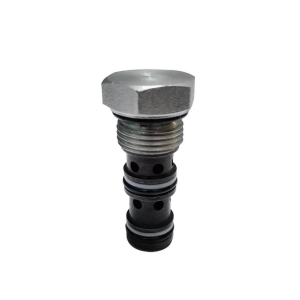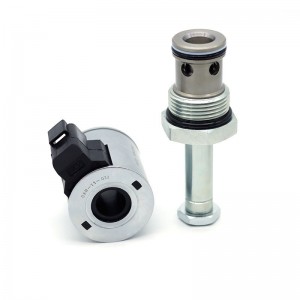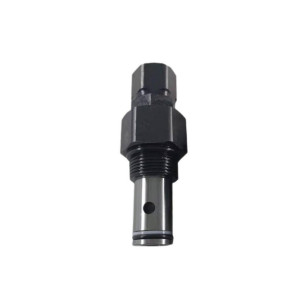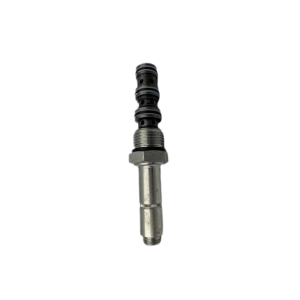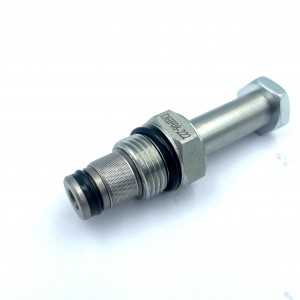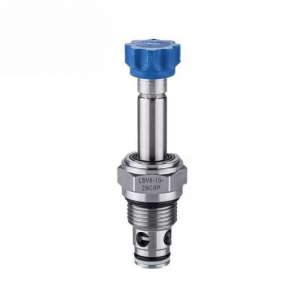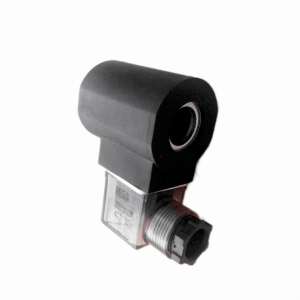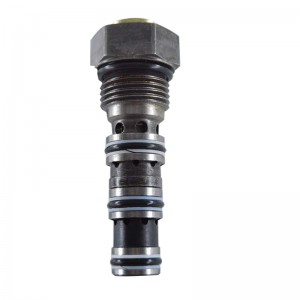RPGE-LAN pilot regulator Large flow balancing valve
Details
Dimension(L*W*H):standard
Valve type:Solenoid reversing valve
Temperature:-20~+80℃
Temperature environment:normal temperature
Applicable industries:machinery
Type of drive:electromagnetism
Applicable medium:petroleum products
Points for attention
The working principle of flow valve
Flow valve is a kind of regulating equipment to control fluid flow, its working principle is to adjust the flow size by changing the flow area of the pipeline. Flow valve is widely used in hydraulic transmission system and plays a very important role. The main components of the flow valve include the valve body, regulating elements (such as spool, valve disc, etc.) and the actuator (such as electromagnet, hydraulic motor, etc.). Different types of flow valves are also different in structure, but their working principle is basically the same.
The working principle of the flow valve can be simply divided into two processes: the position change of the regulating element and the movement of the spool/disc.
First, when the liquid passes through the body of the flow valve, it encounters the regulating element. These regulating elements have a certain space in the valve body, and the flow area of the liquid can be changed by adjusting their position. In this way, the flow of liquid can be controlled. Typical regulating elements are spool and disc.
Secondly, the flow valve also has a spool or disc mechanism, whose movement changes the liquid flow through the valve body. For example, when the electromagnet is activated, the spool will be moved up or down by the magnetic force. This action changes the position of the regulating element, which in turn controls the flow of liquid. Similarly, when the hydraulic motor drives the valve disc to rotate, it will also change the flow area of the liquid, thereby regulating the flow rate.
Product specification
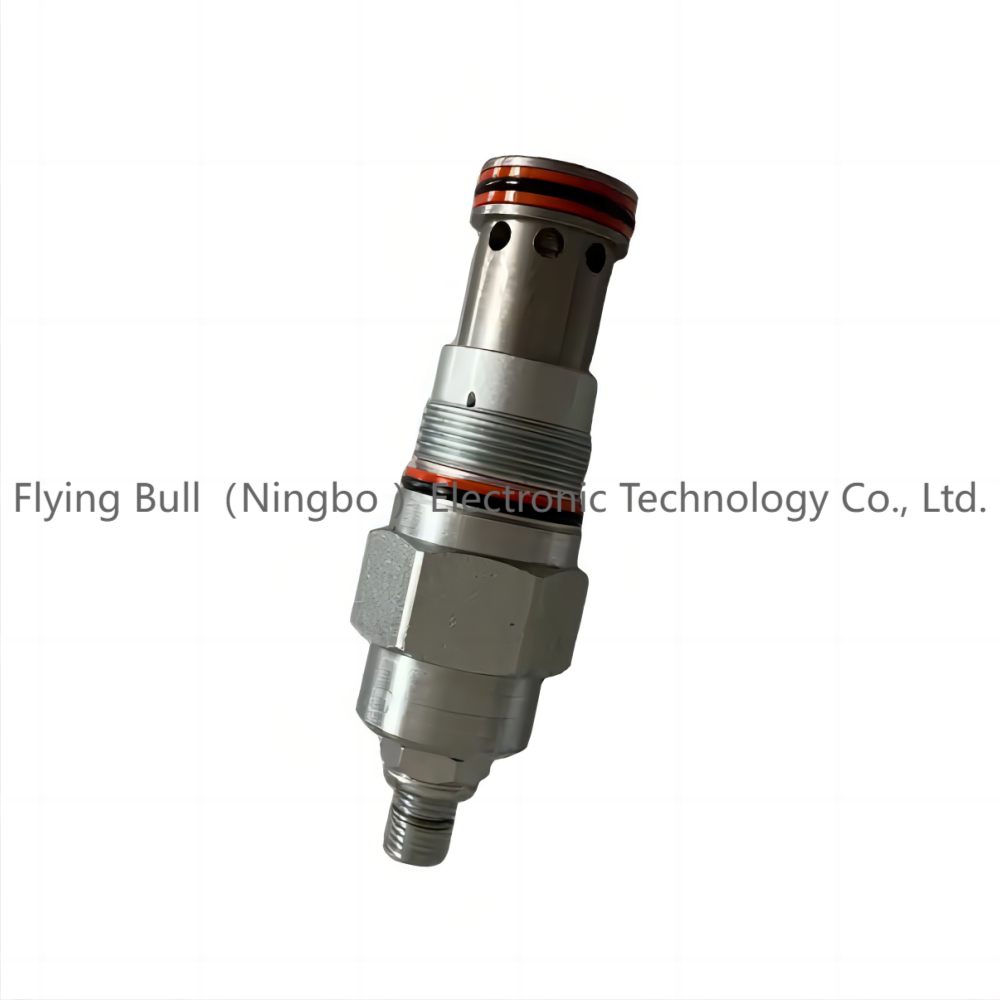
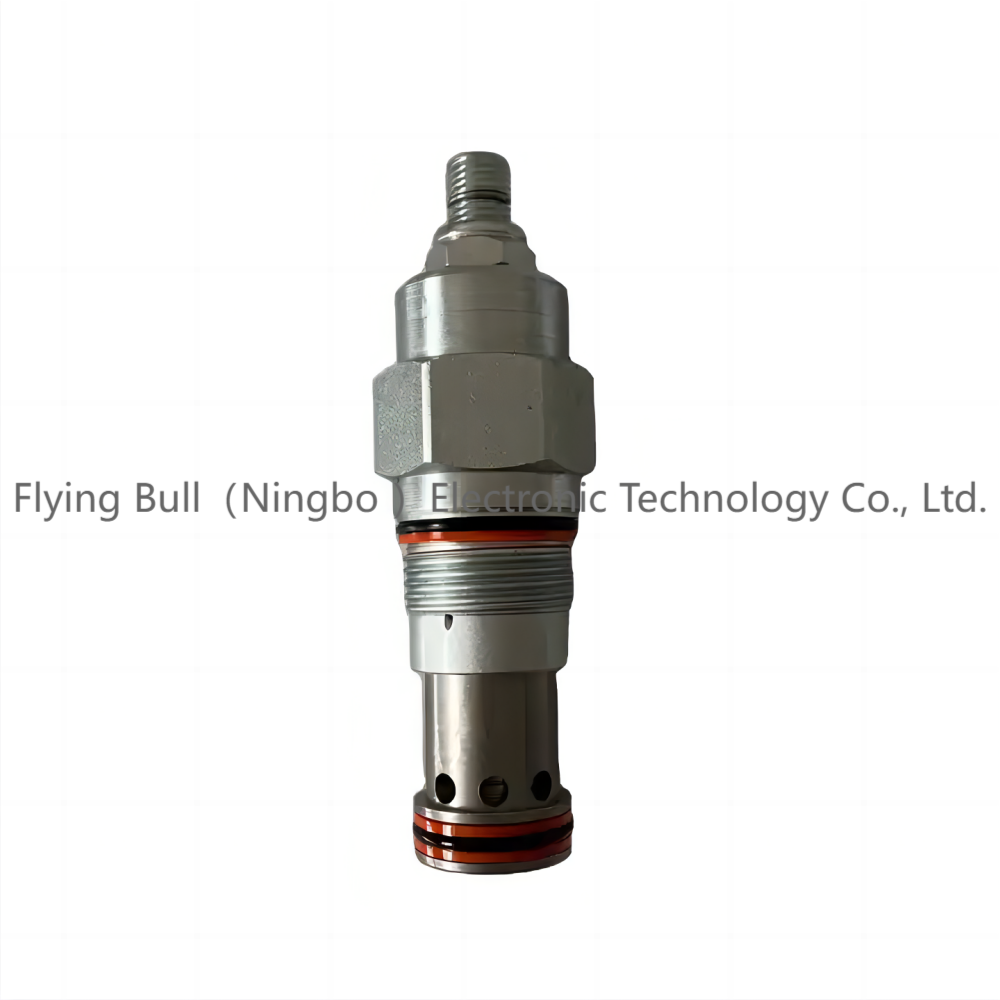
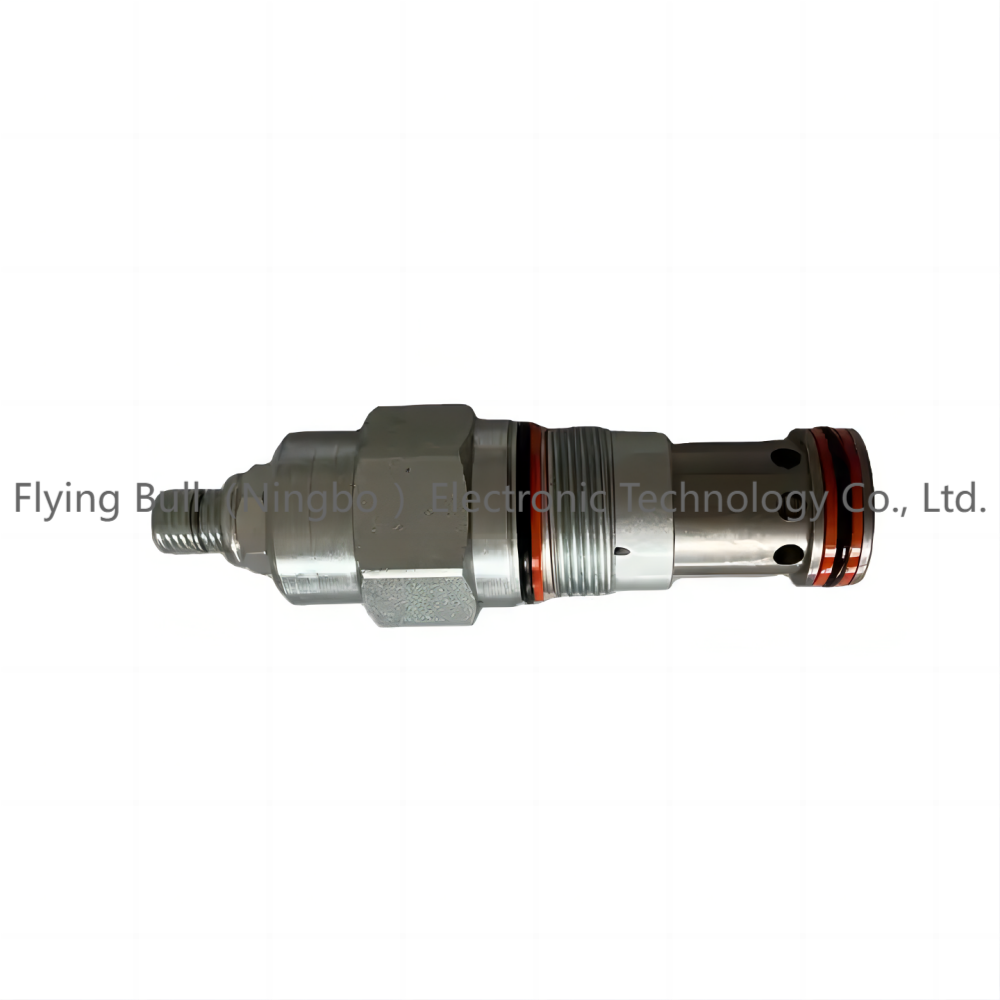
Company details







Company advantage
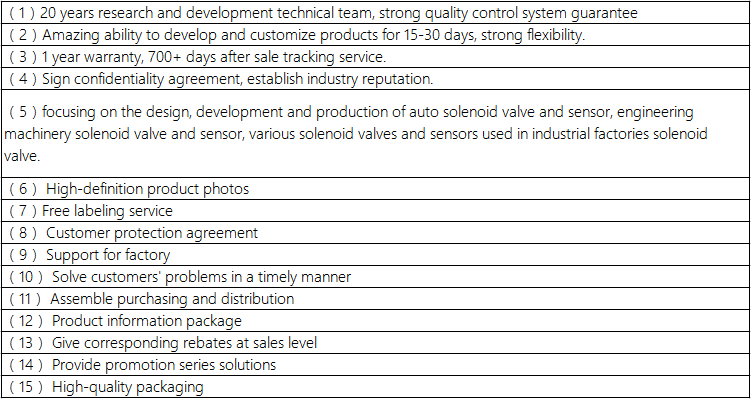
Transportation

FAQ


